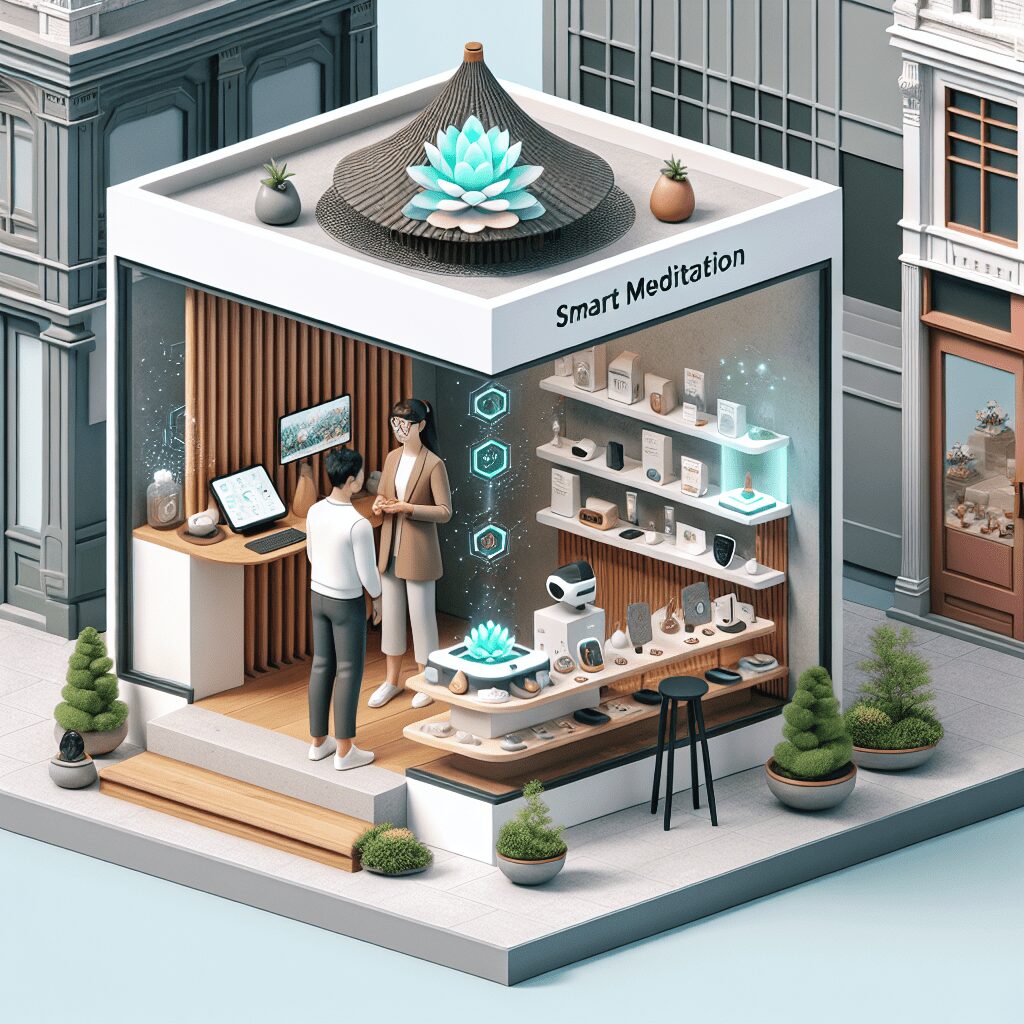
Prioritize your mental well-being daily. Enhance your life by nurturing your mental health with the Smart Meditation app. Break free from stress, alleviate anxiety, and enhance your sleep quality starting today.
What Is The Safest Antidepressant For Anxiety?
Embarking on the Journey to Mental Wellness: Understanding Antidepressants for Anxiety
In the tapestry of mental health, anxiety disorders stand as some of the most common threads, intertwined with the daily lives of millions. It’s like walking a tightrope, balancing the hustle and bustle of everyday life while battling the invisible weight of anxiety. In this pursuit of equilibrium, antidepressants often play a pivotal role, offering a safety net to those teetering on the edge. Yet, with a plethora of options available, a pivotal question emerges: What is the safest antidepressant for anxiety?
Navigating the Antidepressant Landscape
Diving into the world of antidepressants, it’s akin to navigating through a dense forest, with each path promising relief, yet fraught with its own potential pitfalls. Selective Serotonin Reuptake Inhibitors (SSRIs) and Serotonin-Norepinephrine Reuptake Inhibitors (SNRIs) emerge as the frontrunners in this medicinal race, lauded not only for their effectiveness but also for their safety profile.
SSRIs, a Beacon of Hope
SSRIs, often hailed as the first line of defense against the tumultuous waves of anxiety, include well-known names such as:
- Fluoxetine (Prozac)
- Sertraline (Zoloft)
- Paroxetine (Paxil)
- Escitalopram (Lexapro)
These medications, by increasing serotonin levels in the brain, help bridge the chasm created by anxiety, fostering a sense of calm and stability. Among these stalwarts, Sertraline (Zoloft) often takes the crown for being the go-to option, given its balance of efficacy and minimal side effects. It’s like finding an oasis in the desert – a source of relief that doesn’t exacerbate the journey with undue burdens.
SNRIs: Amplifying the Arsenal
For those whose paths diverge, requiring a bit more firepower to quell the storm of anxiety, SNRIs offer a complementary weapon. Venlafaxine (Effexor) and Duloxetine (Cymbalta) stand out, serving not only to combat anxiety but also to alleviate associated conditions, such as depression and chronic pain. This dual-action approach, targeting both serotonin and norepinephrine, underscores the complexity of treating anxiety and the need for a multifaceted strategy. It’s akin to playing chess, where a strategic move can change the course of the game.
The Quest for the Safest Option
In the quest for the safest antidepressant, it’s crucial to acknowledge that safety isn’t a one-size-fits-all coat. What drapes comfortably on one individual might constrain another. Factors such as existing medical conditions, potential interactions with other medications, and even personal lifestyle choices play critical roles in determining the optimal therapeutic match.
Moreover, embarking on this journey requires patience and partnership. A dialogue between patient and healthcare provider, where concerns are aired, and decisions are made collaboratively, is the cornerstone of a successful treatment plan. It’s less about finding a magic pill and more about crafting a tailor-made suit of armor to protect against the onslaught of anxiety.
A Ray of Hope on the Horizon
Indeed, the landscape of antidepressants is ever-expanding, with new research shining a light on alternative avenues and novel treatments. From the exploration of ketamine for its rapid-acting properties to the potential of CBD oil as a natural remedy, the horizon of anxiety treatment glimmers with promise.
As we continue to unravel the mysteries of the mind and seek solace in science, the journey towards mental wellness, though fraught with challenges, is a testament to human resilience and the perpetual quest for inner peace. The safest antidepressant for anxiety, therefore, is not just a medication, but a beacon guiding us towards a brighter, more balanced future.
In the end, remember, you’re not walking this tightrope alone. With informed choices and supportive companions, finding the right balance is not just a possibility, but a journey worth embarking on.




